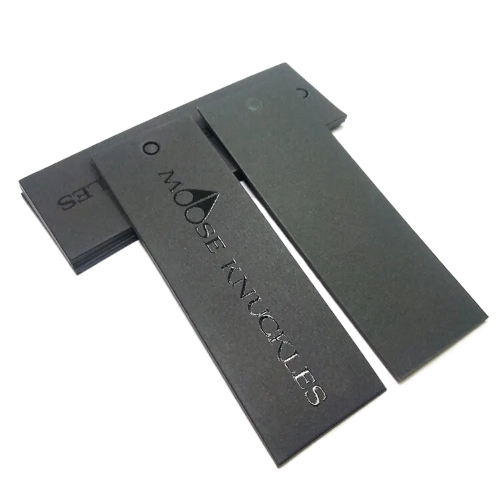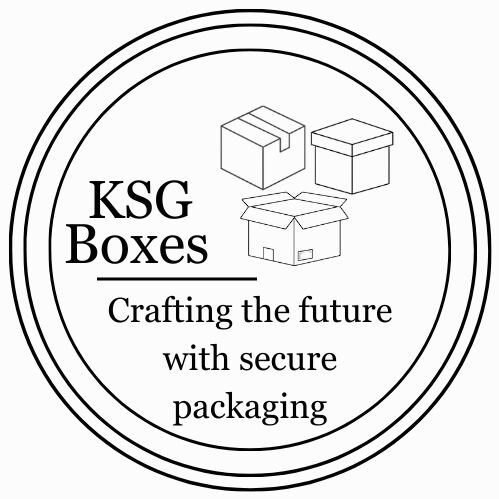
Embossed hangtags are small pieces of material, typically made of paper or cardboard, that are attached to products with strings, cords, or other fasteners. These tags often contain important information about the product, such as branding, pricing, care instructions, or other relevant details.
- What sets embossed hangtags apart from regular hangtags is the embossing technique used to add texture and visual interest to the tag. Embossing is a printing technique that raises certain areas of the tag’s surface, creating a three-dimensional effect.
- This is achieved by pressing the tag material between two dies, with one die containing a raised design or pattern. The pressure applied to the tag causes the raised areas to stand out, creating a tactile and visually appealing texture.
- Embossed hangtags can enhance the overall presentation of a product and make it more visually appealing to customers. They can convey a sense of quality, elegance, and attention to detail, making them a popular choice for high-end or luxury products.
- The raised design or text on embossed hangtags can also add a tactile element that engages customers and encourages them to interact with the tag. These tags can be customized with various designs, logos, and text to suit the branding and marketing needs of a product or company.
- They are commonly used in the fashion industry for clothing and accessories, but they can also be found in a wide range of other products, including jewellery, cosmetics, gifts, and more. Generally, new-age luxury brand startups use this type of tag to make their presence in the market quickly.
- Embossing gives the impression of high quality and attention to detail. When customers see embossed tags on your products, they may associate them with premium or luxury items, which can justify higher price points.
- The tactile nature of embossed tags encourages customers to touch and interact with your products. This sensory experience can create a stronger connection and engagement with your brand.
- If you’re aiming to position your products as luxury or high-end, embossed hangtags can reinforce this perception and justify premium pricing but remember, the embossing process can be time-consuming, especially for large quantities of tags. If you need a quick turnaround for your products, then these hang tags may not be the most efficient option.
- Embossing can be a more expensive printing technique compared to flat printing methods. The cost includes not only the embossing process itself but also the materials used for the tags. This can be a significant consideration for businesses with tight budgets. Once a hangtag is embossed, it cannot be easily modified or reused for different products or promotions. This can lead to higher costs if your product offerings change frequently.
- Creating intricate or detailed designs with embossing can be challenging. Some designs may not translate well into embossed form, which can limit your creative options. If you plan to print additional information or branding on the hang tags using traditional methods (e.g., flat printing), the embossing process may limit the compatibility of these techniques.
- The embossing process can involve the use of special dies, heat, and pressure, which may not align with eco-friendly or sustainable packaging practices comparatively to other hangtags.
